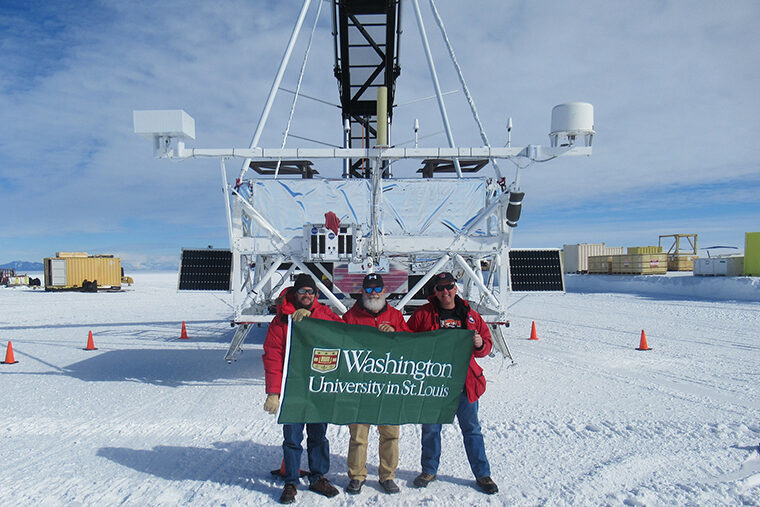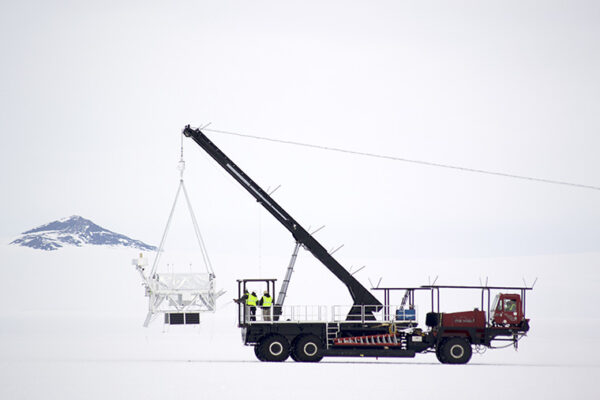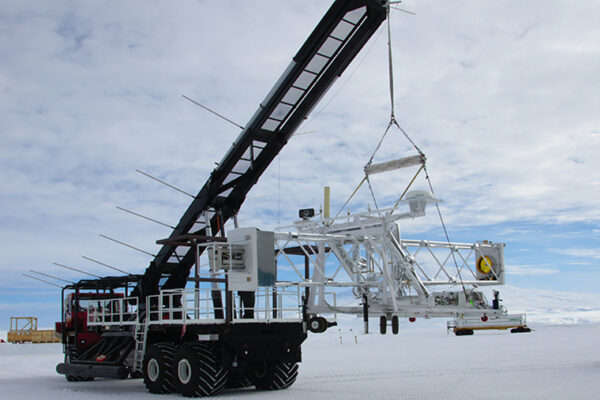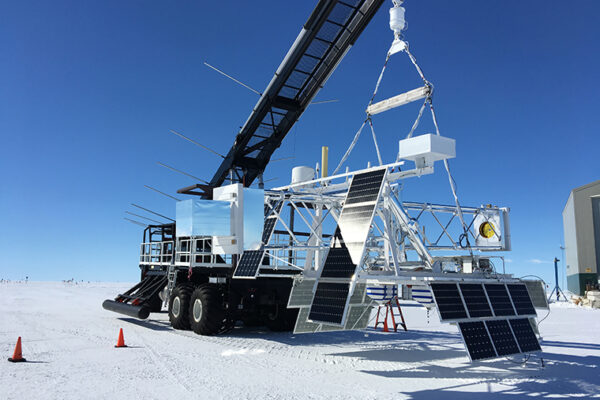The eye of the tiger is flying high above Antarctica once again.
Washington University in St. Louis announced that its SuperTIGER (Super Trans-Iron Galactic Element Recorder) instrument, which studies the origin of cosmic rays, successfully launched today from Williams Field at McMurdo Station, Antarctica.
Cosmic rays are high-energy particles from beyond the solar system that are constantly bombarding the Earth through its atmosphere. SuperTIGER is designed to measure the rare heavy elements in cosmic rays that hold clues about where these particles are produced elsewhere in the Milky Way — and also might help explain how these energetic particles are accelerated to attain a speed that is close to the speed of light.
SuperTIGER is a collaboration among Washington University, Goddard Space Flight Center, California Institute of Technology, Jet Propulsion Laboratory and the University of Minnesota.
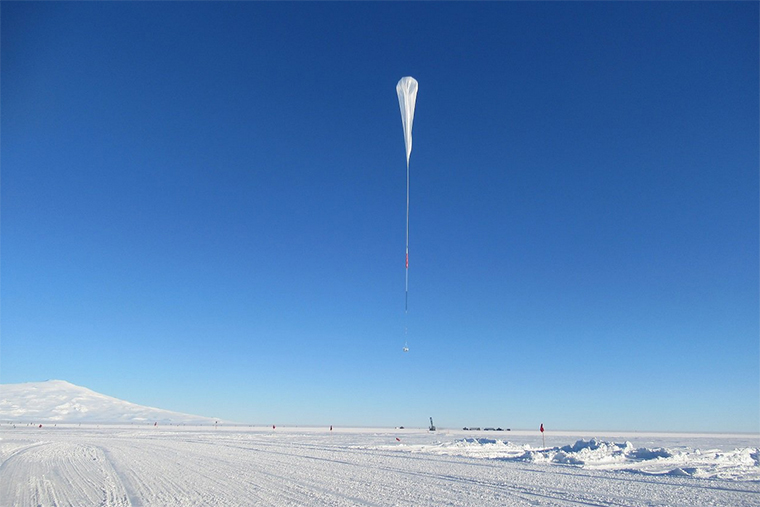
“This is a study of stubbornness and persistence,” said Brian Rauch, research assistant professor of physics in Arts & Sciences at Washington University and principal investigator for SuperTIGER. The successful launch of SuperTIGER followed an entire 2017-2018 flight season stranded on the ice due to persistently uncooperative weather, as well as one previous launch attempt during December 2018.
The SuperTIGER instrument is carried aloft by a giant scientific balloon that flies at a maximum height of about 127,000 feet — nearly four times the typical cruising altitude of commercial airliners. At this height, the detectors on SuperTIGER fly above 99.5 percent of the atmosphere on Earth.
The instrument has flown once before: from December 2012 to January 2013, SuperTIGER made about 2.7 revolutions around the South Pole.
“The previous flight of SuperTIGER lasted 55 days, setting a record for the longest flight of any heavy-lift scientific balloon,” said Robert Binns, research professor of physics at Washington University who led the previous SuperTIGER effort in an interview with NASA last year. “The time aloft translated into a long exposure, which is important because the particles we’re after make up only a tiny fraction of cosmic rays.”
Data collected during the 2018 flight will be used to test emerging models of cosmic-ray origins in clumps of hot, massive and relatively short-lived stars known as OB associations, as well as testing models for determining which particles will be accelerated from such associations.
Scientific research balloons are launched in December and January because the sun never sets over Antarctica during these months. Constant sunlight keeps the helium in the balloons at a consistent temperature, ensuring that balloons are able to maintain a high altitude. Circular winds over Antarctica also tend to confine the balloons to the continent over extended periods of time.

Image: NASA’s Goddard Space Flight Center
Individuals who are interested in following SuperTIGER as the flight progresses can follow along on the Washington University team’s Twitter account, @SuperTigerLDB, or by following the Twitter handle @NASA.
The balloon that carries SuperTIGER is also transporting three, smaller experimental devices that are piggybacked onto its core scientific payload. This includes one experiment developed by Alex Meshik, research professor of physics in Arts & Sciences, to help solve a longstanding “xenon paradox.”
Washington University is also leading a second, high-energy physics balloon mission that is slated to launch in the next available window of good weather. X-Calibur will study X-ray binaries, systems where neutron stars and black holes each orbit a star.
